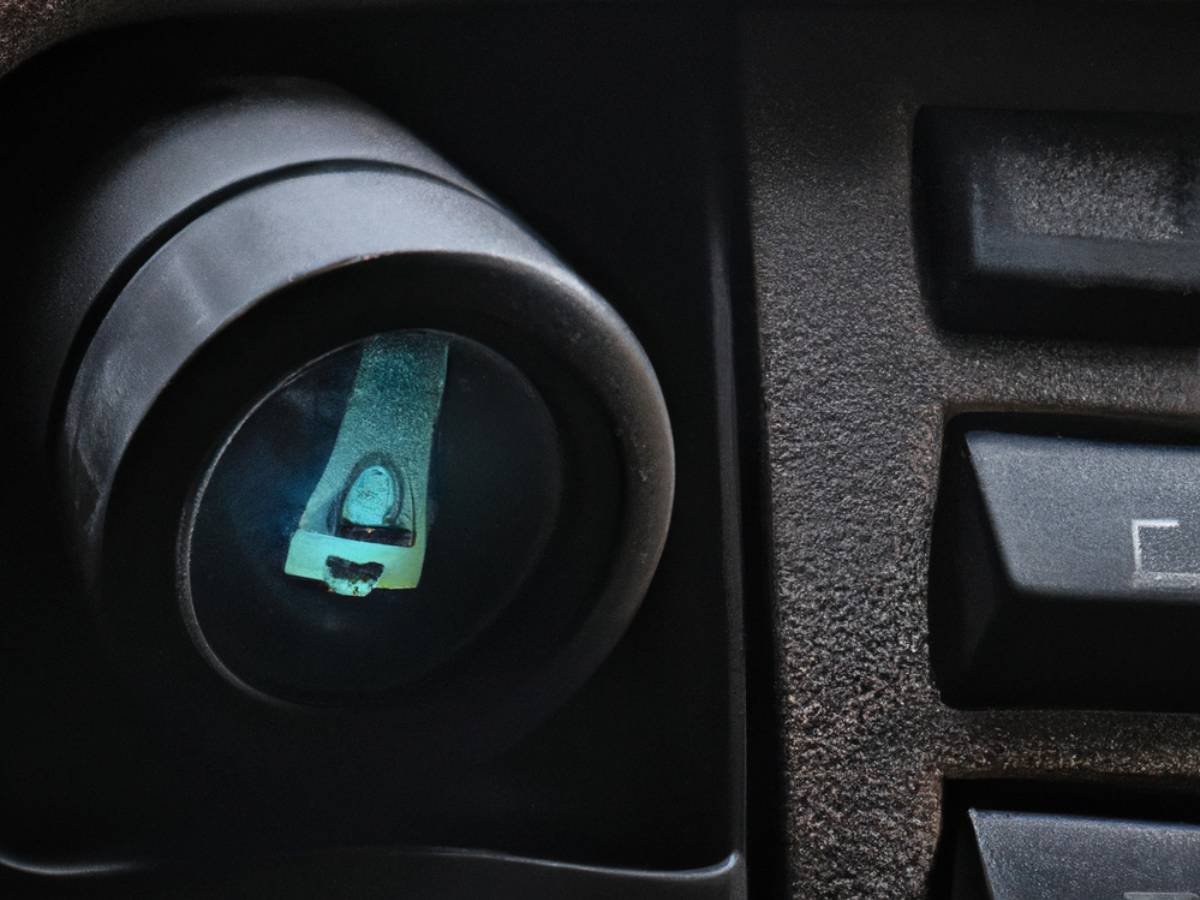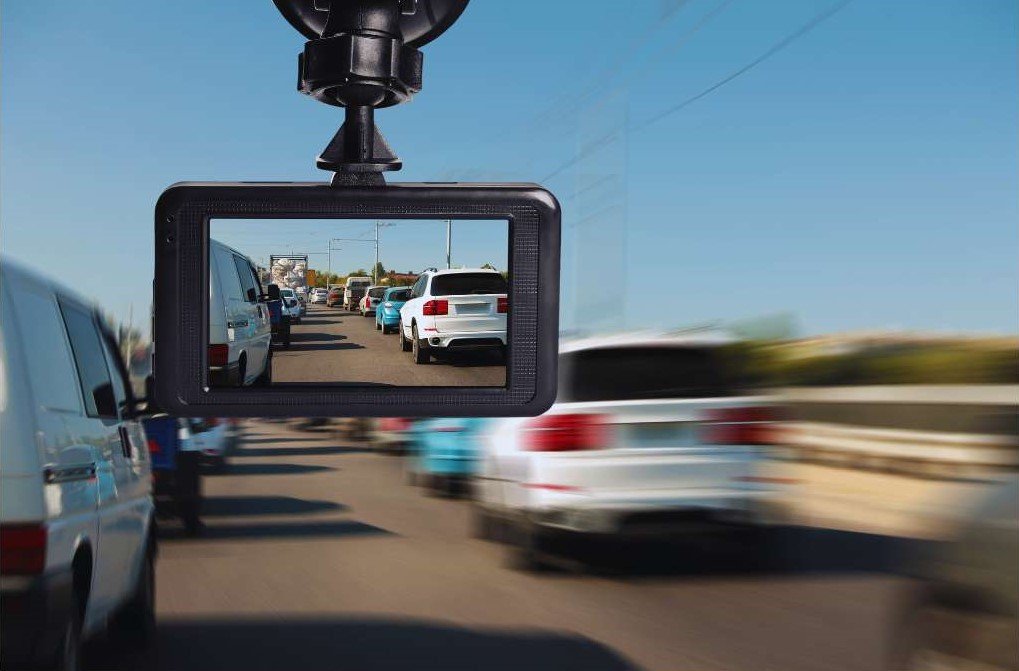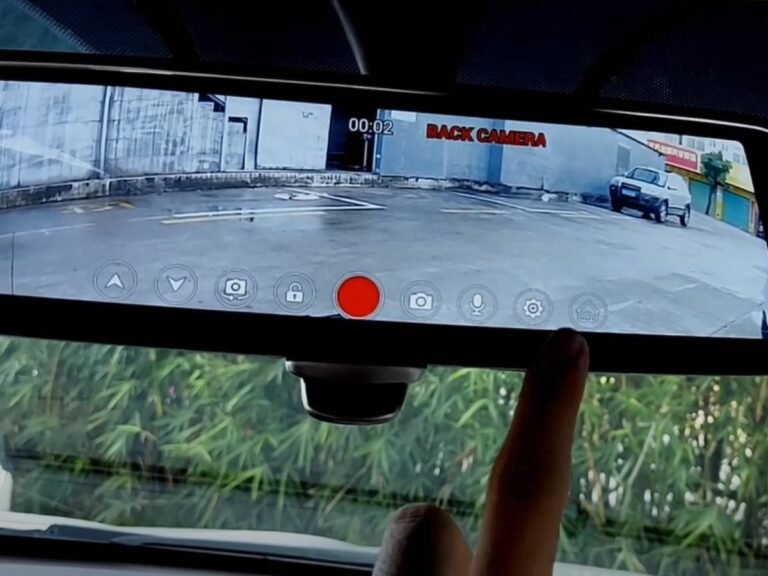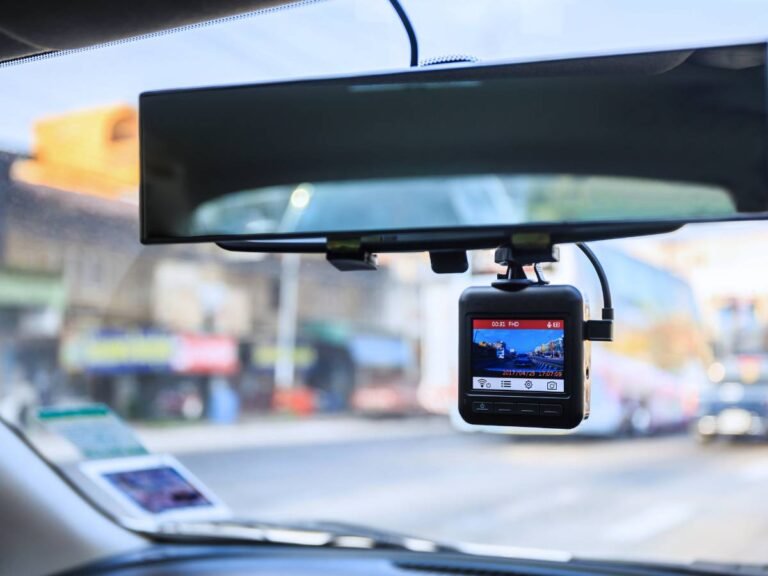All You Need to Know About G-Sensor

The world of technology is filled with acronyms, and the “G-sensor” is one you might encounter frequently, especially when it comes to dash cams. But what exactly is a G-sensor, and what does it do? This comprehensive guide will delve into the world of G-sensors, exploring their functionalities and applications across various devices.
G-sensor stands for gravity sensor, but its more technical name is accelerometer. It’s a tiny wonder of engineering, a microelectromechanical system (MEMS) device that measures acceleration, including the force of gravity acting on an object.
What is G-Sensor?
At its core, a G-sensor, also known as a gravity sensor or accelerometer, is a microelectromechanical system (MEMS) device. It measures acceleration, including the force of gravity acting on an object. Imagine it as a tiny internal spirit level constantly sensing the device’s orientation and movement.
Imagine it as a super-sensitive spirit level on a microscopic scale, constantly sensing the device’s orientation and movement in three dimensions (X, Y, and Z axes). This allows the G-sensor to detect not just tilting or turning, but also linear acceleration (think speeding up or braking) and even impacts. Thanks to this remarkable ability, G-sensors have become ubiquitous in a wide range of devices, playing a crucial role in their functionalities.

What is G sensor in Dash Cam?
The G-sensor in your dash cam is like a silent bodyguard for your drives. Imagine a tiny, super-sensitive level constantly monitoring your car’s movements. That’s essentially what a G-sensor is. It detects even the slightest changes, including:
- Sudden changes in speed, like hard braking or acceleration
- Tilting and turning during maneuvers
- Impacts from collisions or bumps
By constantly keeping tabs on these forces, the G-sensor acts as a keen observer, ready to spring into action when needed.
When the G-sensor detects a critical event, like a collision, it knows it’s time to take charge. It communicates with the dash cam, instructing it to:
- Lock the Footage: This ensures the currently recording video file, which might capture the important event, isn’t overwritten by continuous loop recording, a feature commonly used in dash cams to save storage space.
- Save for Later Review: The locked video file is then saved in a separate folder or marked as an important event for easy retrieval later. This critical footage can serve as concrete evidence in case of an accident or other incident, helping to determine fault or protect yourself from false claims.
Beyond guarding against collisions, some advanced dash cams with G-sensors boast a parking mode feature that offers additional peace of mind. Here’s how it works:
- Monitoring While Parked: Even when your car is parked and you’re away, the G-sensor remains vigilant, acting like a virtual security guard for your vehicle.
- Impact Detection: If the G-sensor detects a bump or impact on your parked car, it can automatically trigger the dash cam to start recording.
- Evidence Capture: This recorded footage can provide valuable evidence in case of vandalism or a hit-and-run incident while your car was unattended. Imagine returning to your car and finding a dent or damage with no witnesses around. The G-sensor’s recorded footage can help identify the culprit and potentially save you the hassle of dealing with unexpected repairs or insurance claims.
The G-Sensor’s Role in Dash Cams
The G-sensor shines brightest in dash cameras. Here’s how it safeguards your on-road adventures:
Impact Detection and Footage Protection
The G-sensor continuously monitors for sudden changes in acceleration, such as those occurring during a collision. When a significant impact is detected, the G-sensor triggers the dash cam to lock and save the current video footage. This prevents crucial evidence from being overwritten by new recordings.
Parking Mode Guardian
Some dash cams with G-sensors boast a parking mode feature. If your car experiences a bump or impact while parked, the G-sensor can automatically activate the camera, capturing valuable evidence of potential vandalism or hit-and-run incidents.
Uses of G-Sensor
While dash cams might be the most common place you hear about G-sensors, their applications extend far beyond the road:
- Smartphone Orientation: The G-sensor in your smartphone enables automatic screen rotation as you tilt the phone.
- Gaming Enhancements: Motion-controlled gaming utilizes G-sensor technology to translate your physical movements into in-game actions.
- Virtual Reality (VR): G-sensors in VR headsets track your head movements, creating a more immersive and realistic experience.
- Consumer Electronics: G-sensors even find their way into devices like fitness trackers and smartwatches, monitoring your activity and sleep patterns.
Differences between G-Sensor and Dashcam
The key difference between a G-sensor and a dash cam lies in their function:
G-sensor (accelerometer)
This is a component inside a device that detects changes in motion and acceleration. It’s like a tiny, super-sensitive level that can sense tilting, turning, speeding up, braking, and even impacts. Think of it as the brain behind the action.
Dashcam
This is a complete device mounted on your car’s windshield. It records video of the road ahead (and sometimes behind) while you drive. The dash cam utilizes the G-sensor to determine when important events occur, like an accident.
Here’s an analogy: Imagine a security guard (G-sensor) patrolling a museum (dash cam). The guard (G-sensor) is constantly alert, noticing any suspicious movement (sudden changes in motion). If the guard detects a break-in (impact), they trigger the alarm (lock and save video footage) to capture evidence.
In simpler terms:
- G-sensor: Senses movement and acceleration (the guard)
- Dash cam: Records video and uses the G-sensor to know when to save critical footage (the museum and alarm system)
Making the Best Out Of G-Sensor
With an understanding of G-sensors, here are some tips to optimize their performance:
- Adjusting G-Sensor Sensitivity: Most dash cams allow you to adjust the G-sensor’s sensitivity. A higher sensitivity captures more events, but can also lead to unnecessary footage being saved. Finding the right balance is key.
- Placement Matters: For optimal performance in dash cams, ensure the camera is securely mounted and positioned level for accurate G-sensor readings.
By understanding and leveraging the power of G-sensors, you can unlock a range of functionalities in your devices, enhancing your safety, entertainment, and overall user experience.
Conclusion
In conclusion, the G-sensor in your dash cam is an essential feature that goes beyond simply recording your drives. It acts as a silent guardian, constantly monitoring critical events and safeguarding crucial video evidence. Whether it’s locking footage during a collision to protect it from being overwritten or triggering recordings in parking mode to capture vandalism, the G-sensor provides invaluable peace of mind on the road.
So, the next time you hit the road, remember the tiny powerhouse working behind the scenes, ensuring you have a reliable record of your journeys.






